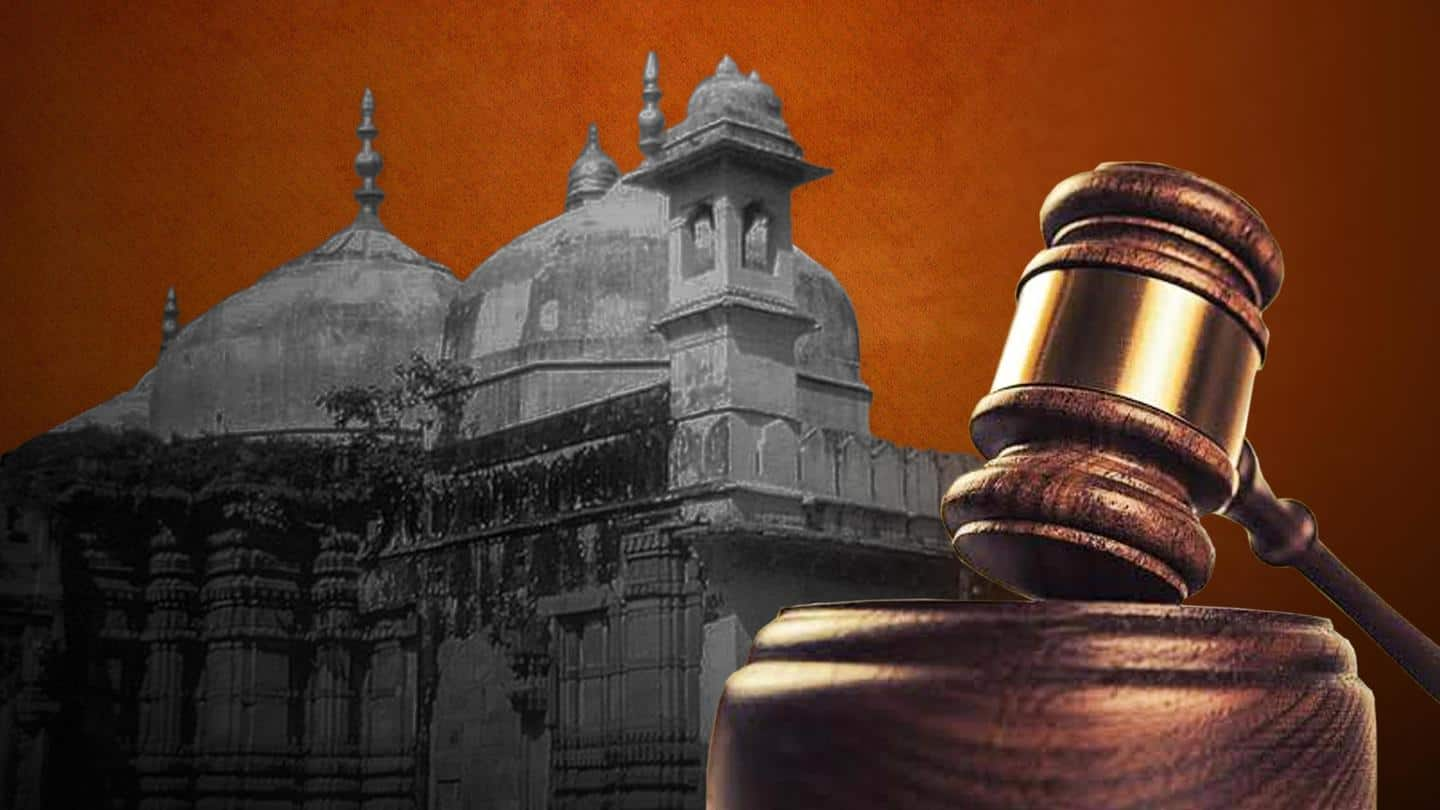
Gyanvapi Mosque case: SC to hear plea seeking 'Shivling' worship
What's the story
The Supreme Court on Monday agreed to hear a new petition on July 21 requesting permission to worship the Shivling, which is said to have been found in the Gyanvapi Mosque premises in Varanasi during a court-ordered survey.
The petition has also requested a ground penetrating radar (GPR) survey and carbon dating of the Shivling to determine its age.
Context
Why does this story matter?
A Varanasi court had ordered to seal the spot after a Shivling was allegedly found inside the Gyanvapi Mosque complex.
However, the mosque management claimed it was part of the wazukhana's fountain.
Later, the Supreme Court ordered the authorities to protect the area without hindering Muslims' access to namaz.
It asked the local court to decide the 'maintainability' of the videography and survey petition.
Supreme Court
Supreme Court scheduled hearing following counsel's submission
A bench headed by Chief Justice NV Ramana listed the fresh plea for hearing on July 21 (Thursday )after taking note of the submissions by lawyer Vishnu Shankar Jain.
It also listed the pending petition of the 'Anjuman Intezemia Masjid Committee' (AIMC) which manages the affairs of the Gyanvapi mosque.
AIMC's separate plea challenging the survey is also listed for Thursday before another bench.
Petition
What does the fresh plea say?
The petitioners, comprising an advocate, a professor and five social workers, sought permission to worship the deity and a GPR survey and carbon dating of the Shivling.
"The exact age and dimensions of the discovered Shivling could be ascertained only after its GPR survey and carbon dating by or under supervision of Archaeological Survey of India," they said.
Definition
Know about GPR survey and carbon dating
GPR Survey is a geophysical technique that employs electromagnetic radiation to map an object's subsurface without disturbing or harming it.
While Radiocarbon dating is a technique for determining the age of an object made of organic material using radiocarbon.
In archaeology, the method is commonly used to assess the age of a monument or remains uncovered during excavations.
Case
Why did SC transfer case to district judge?
To recall, the court-appointed videography team submitted its final survey report of the Gyanvapi Mosque complex to the civil court on May 19.
Later the Supreme Court transferred the case from civil judge Diwakar to District Judge AK Vishvesh on May 20.
It was done after taking into consideration the "complexities" and "sensitivity" of the issue.
Context
Controversy began in 1991 after petitions against mosque
In 1991, lawyer Vijay Shankar Rastogi had filed a petition in a Varanasi court as the "next friend" of the Kashi Vishwanath Mandir's presiding deity.
Rastogi had argued that Maharaja Vikramaditya built a temple 2,050 years ago on the site where the mosque stands.
Other petitioners claimed Aurangzeb built the mosque in the 17th century by removing a portion of the Kashi Vishwanath Mandir.
Background
1991 case was on hold for years
The 1991 case was on hold for several years until the Allahabad High Court suspended the hearing.
The HC's decision was based on the Places of Worship Act, 1991, forbidding any changes to the religious character of a place of worship as it was on August 15, 1947.
However, the case resurfaced in 2019 following the SC's decision in the Babri Masjid-Ram Janmabhoomi case.